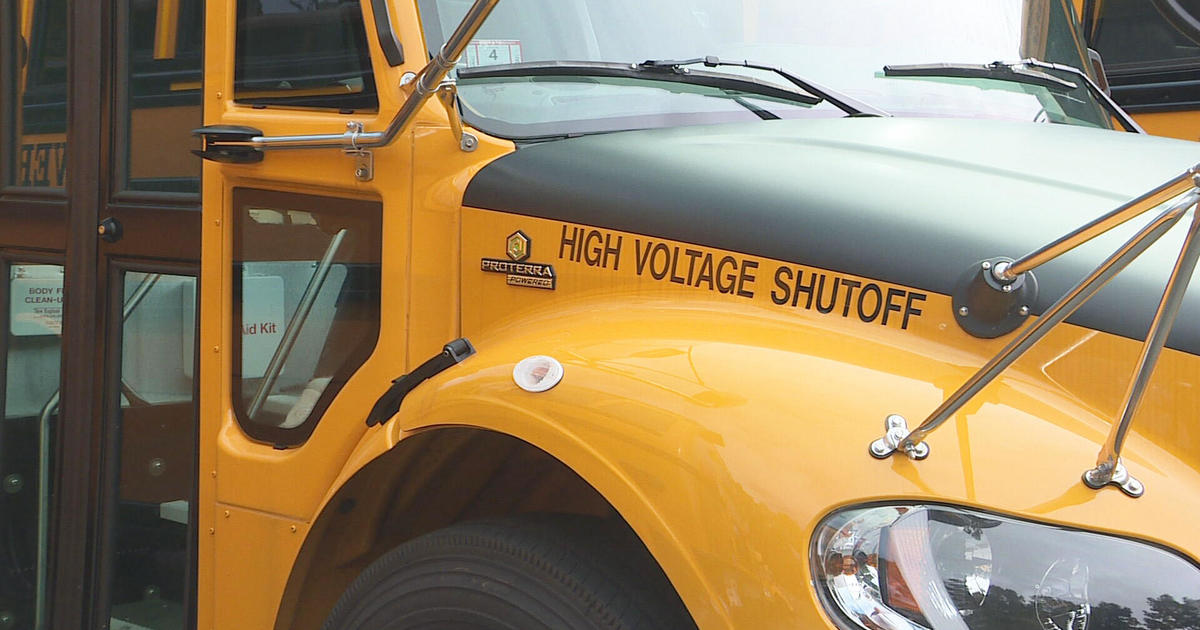What's Behind The Toilet Paper Shortage?
MINNEAPOLIS (WCCO) -- Over the past few days, more toilet paper has been sitting on store shelves. Some have attributed the shortage simply to people buying it out of panic, but the story is more complicated than that.
What's behind the toilet paper shortage? Good Question.
"This is a unique event, different from a Minnesota snow storm," says Kyle Goldschmidt, a supply-chain expert at the University of St. Thomas Opus School of Business. "The demand is spiking everywhere at the same time."
This isn't the first nationwide run on toilet paper in the U.S. It happened back in 1973 during the energy crisis, after a rumors circulated of a potential shortage.
In March of this year, sales of toilet paper were up 112%. Some people may have picked up extra now that they're at home and know they'll use it in the future. Others might have bought more because they saw the store shelves were particularly bare.
"When you suddenly decide, I'm going to double that amount in my hall closet, it's not much to you -- but multiply that by hundreds of thousands, all of the sudden, it's a hit to the shelves," says Jim Luke, a professor of economics at Lansing Community College and former planner for a wholesale paper distributor.
Experts say, even before COVID-19, the whole supply chain of toilet paper was already very efficient. Machines were running 24 hours a day, 7 days a week. Manufacturers didn't want a bulky, and not especially profitable, item just sitting around.
"It operates in just-in-time demand for toilet paper because the demand, in the near-term history, has never changed," says Goldschmidt. "That allows you to hold very little inventory.
According to data from IRI and the U.S. Census, the average U.S. household uses 409 rolls per year. Georgia-Pacific, a toilet paper manufacturer, estimates people are using 40% more tissue at home. That means a 4-person household would need approximately 17 double rolls to last two weeks.
"Where we're using it – we aren't using any more than before – but where makes a difference," says Luke. "That's because there are two different products and two different channels."
The toilet paper people use at home is softer, sometimes 2- or 3-ply and usually made from virgin fiber. Commercial toilet paper is made mostly from recycled fiber and many of those rolls are so large they wouldn't fit on home holders.
Luke says people also need to consider the changes in packaging and distribution that are required to push out more supply.
"It's different trucks going to different warehouses with different customers," he says. "It's not an easy switch."
Manufacturers are ramping up supplies. A spokesperson for Georgia-Pacific says last week, its regional distribution centers managed to ship out about 120% of normal capacity. A spokesperson for Proctor and Gamble says, "We are working diligently to get product to our retailers as fast as humanly possible."
With stores restricting how much toilet paper people can buy, as well as many people now having enough supply at home, Luke says the supplies will come back online.
"We're going to have product, we're not going to be in that awkward position," he says. "Things are going to be okay."



